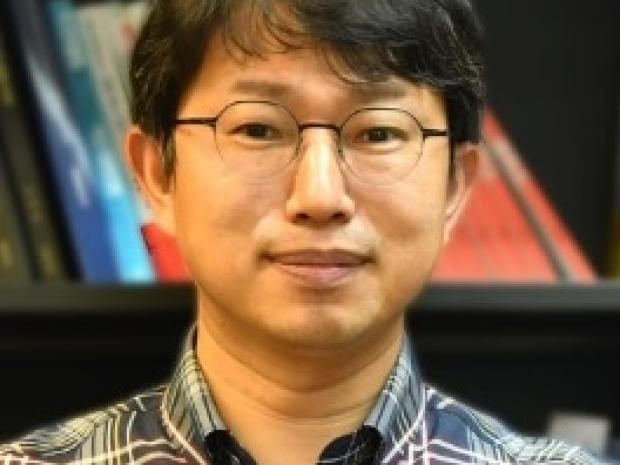Are Soft Actuators Powerful Enough to Revolutionize Robotic Interfaces?

Speaker
Ki-Uk Kyung
Associate Professor, Department of Mechanical Engineering, KAIST Visiting Professor, NYU Tandon
Title
"Are Soft Actuators Powerful Enough to Revolutionize Robotic Interfaces?"
Abstract
In recent years, the emergence of flexible technologies, including stretchable and bendable wearables, consumer electronics, and soft electromechanical devices like soft robots, has driven the demand for soft body elements and user interfaces in these systems to bolster their mechanical resilience against deformation. Electroactive polymers (EAPs) have surfaced as one of the most promising materials for implementing flexible actuation mechanisms due to their lightweight nature, inherent flexibility, freedom from geometric constraints, cost-effectiveness, and ease of miniaturization. Nonetheless, the primary drawback of these actuators lies in their inherent softness. To address this limitation, ongoing efforts are dedicated to enhancing the mechanical power of soft EAP actuators while preserving their advantageous characteristics. When configured as thin films, soft EAP actuators exhibit the potential to broaden their applications, particularly in the realm of tactile feedback interfaces for flexible touchscreens, Braille devices, and wearable tactile technology. This versatility positions them as prime candidates for wearable haptic devices. Furthermore, soft actuators have catalyzed a paradigm shift in artificial muscles, biomimetic robots, and miniature mechanical devices, transcending their role as tactile interfaces, thanks to substantial advancements in their output capabilities. One notable strength of soft components lies in their exceptional reconfigurability, exemplified by deformable fingers in robotic grippers, showcasing how soft components excel in handling objects of varying shapes. This discussion also delves into the existing challenges hindering the practical integration of soft actuators into innovative soft human-machine interfaces.
In summary, this exploration underscores the potential of soft actuators as transformative elements in robotic interfaces, shedding light on their evolution from mere tactile devices to powerful drivers of innovation in various fields.
About Speaker
Ki-Uk Kyung received BS, MS, and Ph.D. degrees in mechanical engineering from the Korea Advanced Institute of Science and Technology (KAIST) in 1999, 2001, and 2006, respectively. In 2006, he joined the Electronics and Telecommunications Research Institute and had been the Director of the Smart UI/UX Device Research Section. He had been a co-chair of the IEEE Technical Committee on Haptics (TCH) from 2018 to 2021. He received the IEEE TCH Early Career Award in 2015 and the Academic Career Award at Active Materials and Soft Mechatronics 2019. He is currently an associate professor of Mechanical Engineering and the director of the Human-Robot Interaction Research Center at KAIST. His research interests are soft sensors and actuators, haptics, soft robots, and human-robot interaction.

